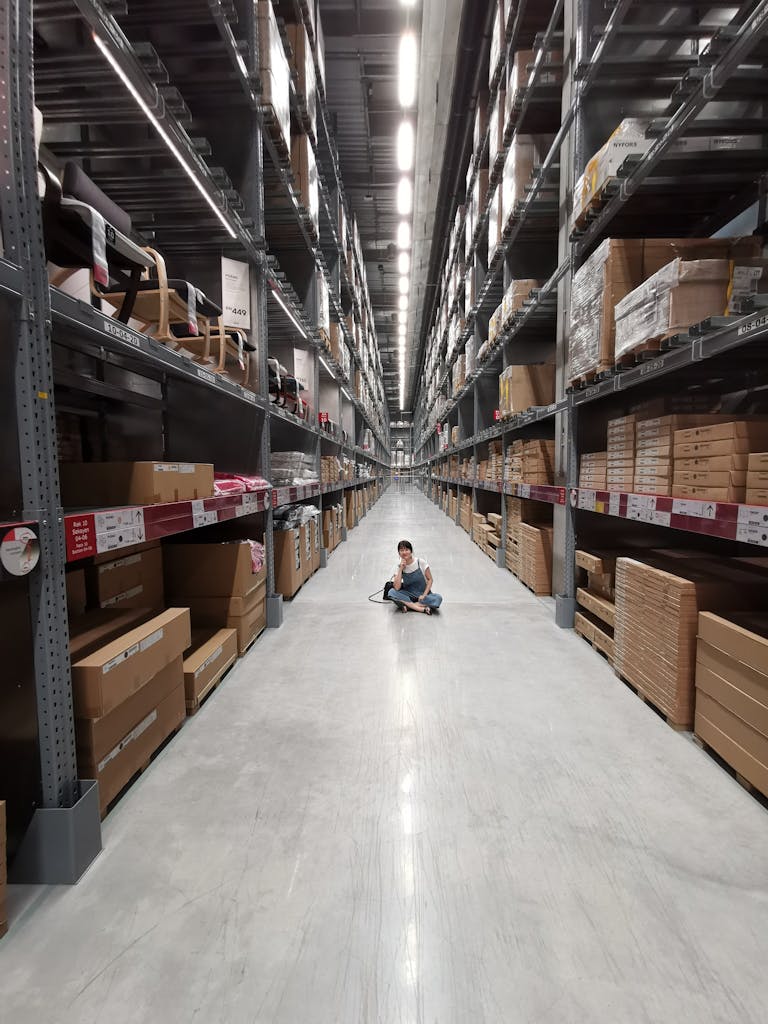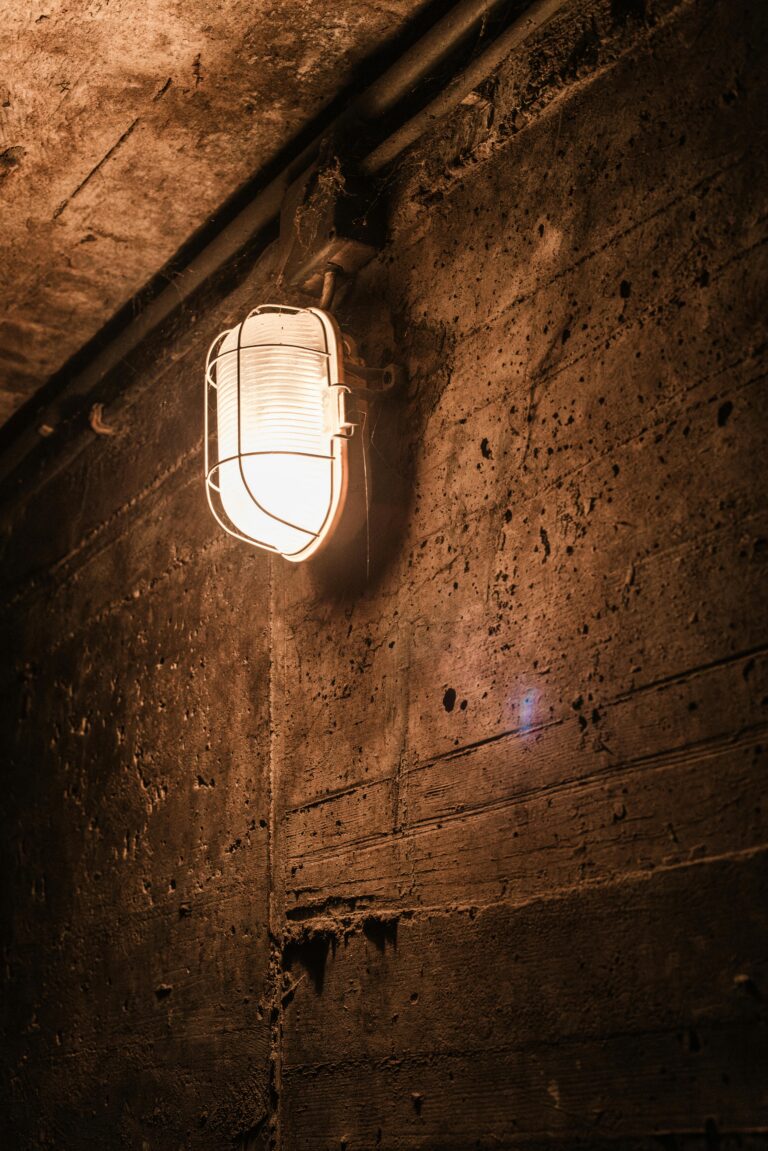Safety First: Equipping Your Workplace for Optimal Protection
Imagine a workplace where employees feel secure, confident, and empowered to perform their duties without the constant fear of injury. This ideal environment isn’t a pipe dream; it’s a reality achievable through a commitment to workplace safety.
Why is workplace safety so crucial? The statistics speak for themselves. According to the Bureau of Labor Statistics, in 2022 alone, there were over 3 million nonfatal workplace injuries and illnesses reported in the private sector. These incidents not only cause immense physical and emotional distress to employees but also lead to significant economic losses for businesses. (Think worker’s compensation claims, lost productivity, and potential lawsuits.)
The Cost of Neglecting Safety
Let’s consider a real-life example. A construction worker on a high-rise project suffers a fall due to improper fall protection equipment. This incident not only results in serious injuries for the worker but also halts construction progress, leading to delays and financial losses for the company.
The Power of Prevention
Investing in the right safety equipment is a proactive approach that prevents such tragedies. From construction sites and manufacturing facilities to warehouses and office environments, every workplace presents potential hazards. These hazards can be:
- Physical: Slips, trips, and falls; exposure to extreme temperatures, noise, or vibration; electrical hazards; falling objects; and machinery-related injuries.
- Chemical: Exposure to toxic substances, corrosive materials, or harmful fumes.
- Biological: Contaminated materials, insects, or bacteria.
- Ergonomic: Awkward postures, repetitive motions, or heavy lifting leading to musculoskeletal disorders.
The right safety equipment acts as a shield, mitigating these risks and safeguarding employees’ well-being. (Think hard hats for construction workers, safety glasses for welders, or respirators for painters.)
Investing in Safety, Investing in Your People: A Guide to Industrial Safety Supplies
In industrial settings, where the risk of accidents is often higher, Personal Protective Equipment (PPE) plays a vital role. PPE refers to specialized equipment worn by employees to minimize exposure to workplace hazards. Here are some essential types of PPE:
- Head Protection: Hard hats shield workers from falling objects and electrical hazards.
- Eye Protection: Safety glasses, goggles, and face shields protect eyes from splashes, dust particles, or flying debris.
- Hearing Protection: Earplugs and earmuffs safeguard hearing from excessive noise levels.
- Respiratory Protection: Respirators filter out harmful airborne contaminants, dust, or fumes.
- Hand Protection: Gloves protect hands from cuts, burns, abrasions, and chemical exposure.
- Foot Protection: Safety boots provide protection from punctures, slips, and falling objects.
Choosing the Right Safety Equipment
Selecting the appropriate safety equipment goes beyond a one-size-fits-all approach. (You wouldn’t wear swim fins to a construction site, would you?) Here are some factors to consider when choosing safety equipment:
- Industry Standards: Ensure the equipment complies with relevant Occupational Safety and Health Administration (OSHA) regulations and industry-specific safety standards.
- Hazard Assessment: Identify the specific hazards present in your workplace to choose equipment that effectively addresses those risks.
- Employee Comfort: Invest in comfortable and well-fitting safety equipment to encourage employees to wear it consistently.
- Training: Provide comprehensive training to employees on how to properly use, maintain, and inspect their safety equipment.
Beyond PPE: Building a Comprehensive Safety Arsenal
While PPE is crucial, a holistic approach to industrial safety encompasses more than just personal protection. Consider these additional safety tools:
- Machine Guards: These physical barriers prevent accidental contact with moving parts of machinery.
- Safety Signage: Clear and visible signage alerts workers to potential hazards and safety procedures.
- Emergency Equipment: Fire extinguishers, first-aid kits, and eyewash stations ensure preparedness for unforeseen incidents.
- Spill Containment Supplies: These tools help control and clean up spills of hazardous materials.
Compliance and Confidence: Building a Culture of Safety with the Right Equipment
Safety goes beyond just having the right equipment. (Think of it like having a toolbox, but also knowing how to use the tools!) Regulatory compliance is essential. Businesses must adhere to OSHA regulations and industry safety standards to maintain a safe work environment.
Fostering a Culture of Safety
However, compliance alone isn’t enough. Cultivating a culture of safety is paramount. This involves:
- Leadership Commitment: Leaders should demonstrate a strong commitment to safety by integrating it into all aspects of the work environment.
Safety Protocols: Establish clear and comprehensive safety protocols that outline safe work practices, procedures for handling hazardous materials, and reporting unsafe conditions.
- Regular Training: Conduct regular safety training sessions for employees at all levels to ensure everyone understands their safety responsibilities.
- Safety Incentives: Implement positive reinforcement programs to incentivize safe work practices and employee participation in safety initiatives.
- Open Communication: Encourage open communication about safety concerns and foster a culture where employees feel comfortable reporting unsafe conditions without fear of reprisal.
- Equipment Maintenance: Regularly inspect and maintain safety equipment to ensure it functions properly and provides adequate protection.
The Bottom Line: Safety is an Investment, Not an Expense.
Investing in the right safety equipment and fostering a culture of safety is not just about complying with regulations; it’s about protecting your most valuable asset – your employees. (Happy, healthy employees lead to a more productive and successful workplace!) By prioritizing safety, you create a work environment where employees feel valued and empowered to perform their best. This translates to reduced accidents, lower worker’s compensation costs, and ultimately, a stronger and more profitable business.
Ready to build a safer workplace for your employees? (We know you are!) At Indus Clan, we offer a comprehensive selection of high-quality safety equipment and resources to help you achieve your safety goals.
Contact us today to discuss your specific safety needs and explore our wide range of industrial safety supplies, from PPE and machine guards to safety signage and spill containment solutions. (We’re here to be your partner in building a safer work environment!)
Additionally, here are some valuable resources to explore:
- The Employees Provident Fund: https://www.epfindia.gov.in/site_en/index.php
- Labour Welfare: https://labour.gov.in/labour-welfare
- Ministry of Labour & Employment: https://labour.gov.in/industrial-safety-health
Together, let’s create a world where every workplace is a safe space!







